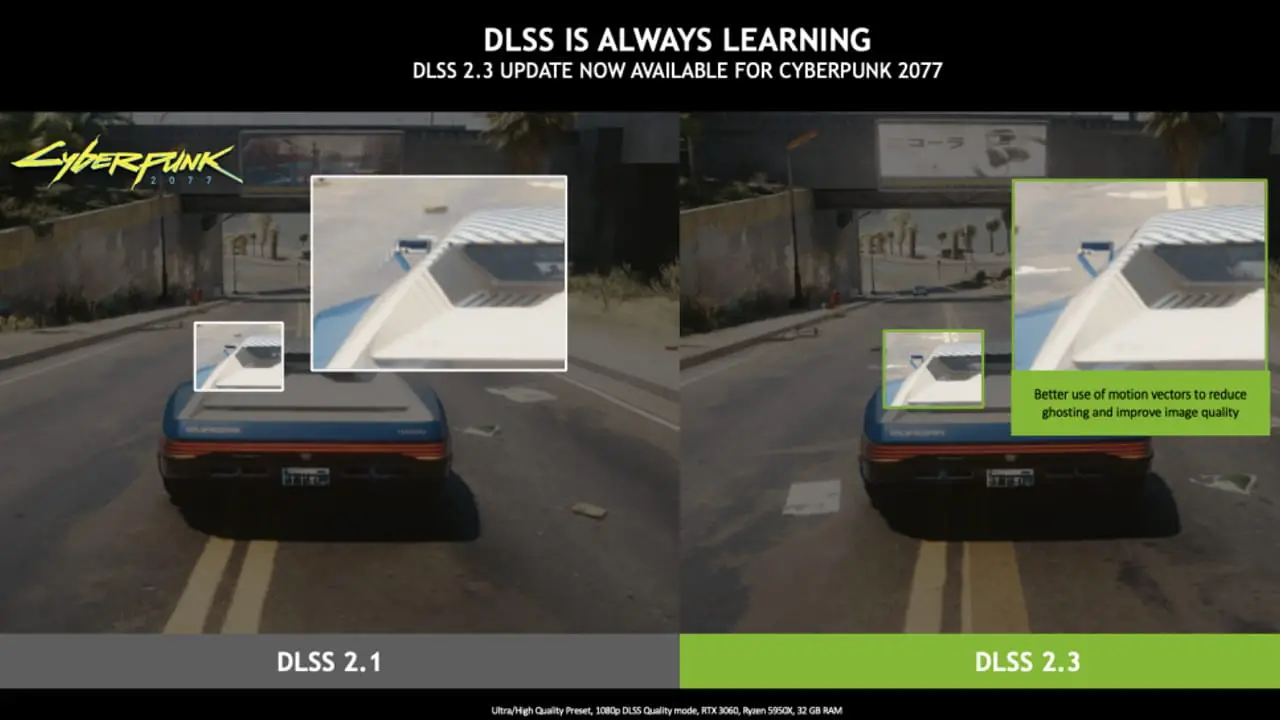NVIDIA continues to improve video game graphics with DLSS 2.3 and beyond
NVIDIA he has shown it several times: within it there is a continuous work aimed at improve the quality of PC video game graphics. Gamers regularly update their hardware to play at higher resolutions, at maximum game settings, and with the greatest possible graphic fidelity. Also, many of the hardware updates come close to the release of the most anticipated games.
In particular, in the recent period NVIDIA has been pushing on DLSS, a technique that modifies the way of understanding the performance of a video game. By rendering the images natively at a lower resolution, and then proceeding to a AI-driven upscaling and based on Tensor Core of video cards with RTX architecture, DLSS significantly increases performance, with almost no qualitative degradation compared to traditional space upscalers.
NVIDIA makes a difference between DLSS and traditional upscalers, among which it inserts AMD FSR (here our comparison between the two techniques), bilinear, bicubic and Lanczos filters and its own Image Scaling, a technique that operates in post-processing as we will see better later.
DLSS does its job using artificial intelligence, interpreting the motion vectors of the polygons that make up the images and analyzing the behavior of previous frames, while traditional upscalers use only the current frame and an algorithm not powered by artificial intelligence. For this NVIDIA defines DLSS as a “time method”, which acquires a lot of information from multiple frames over a time interval of a certain duration.
As the algorithm accumulates information, motion vectors are used to track objects, while artificial intelligence helps to better understand the data. The machine learning system employed continues to learn about how objects move around the scene and make decisions about what information it can obtain from previous frames. This very important component especially to ensure the image stability, as traditional upscaling techniques typically produce artifacts and slight frame-to-frame differences.
For upscaling techniques, better input corresponds to higher image quality. DLSS in Quality mode reconstructs the final image using a database of over 6 million pixels when it comes to 1440p resolution images, which therefore consist of 3.5 million pixels. This is because it uses an artificial intelligence algorithm that mixes information from the current, previous and subsequent frames. An image using a fixed algorithm spatial upscaler, on the other hand, reconstructs the image with approximately 2.2 million pixels.
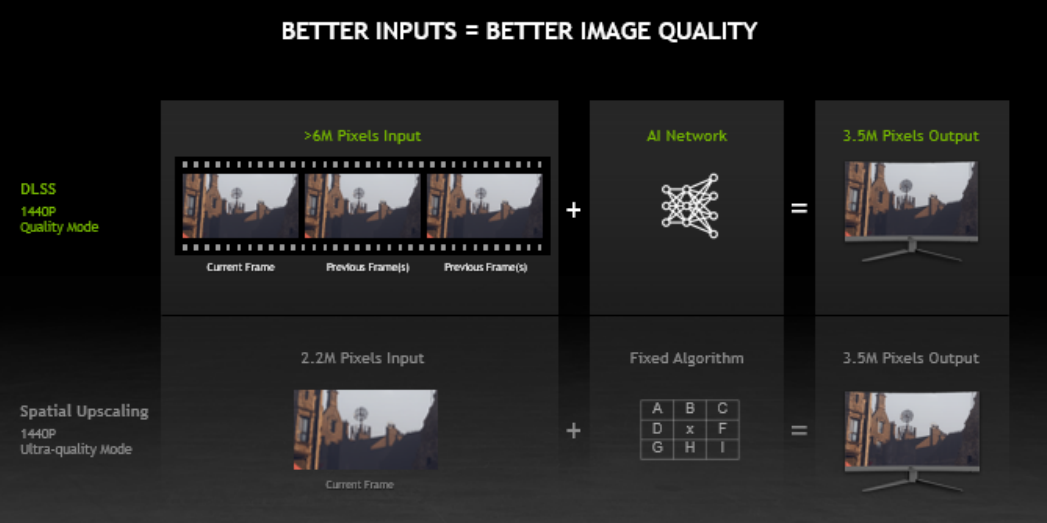
With the arrival of DLSS 2.3, games like Cyberpunk 2077 e Doom Eternal will ensure better image quality with ghosting reduced and greater stability over time of the image itself. This is because better use is made of motion vectors to reduce ghosting and improve image quality.
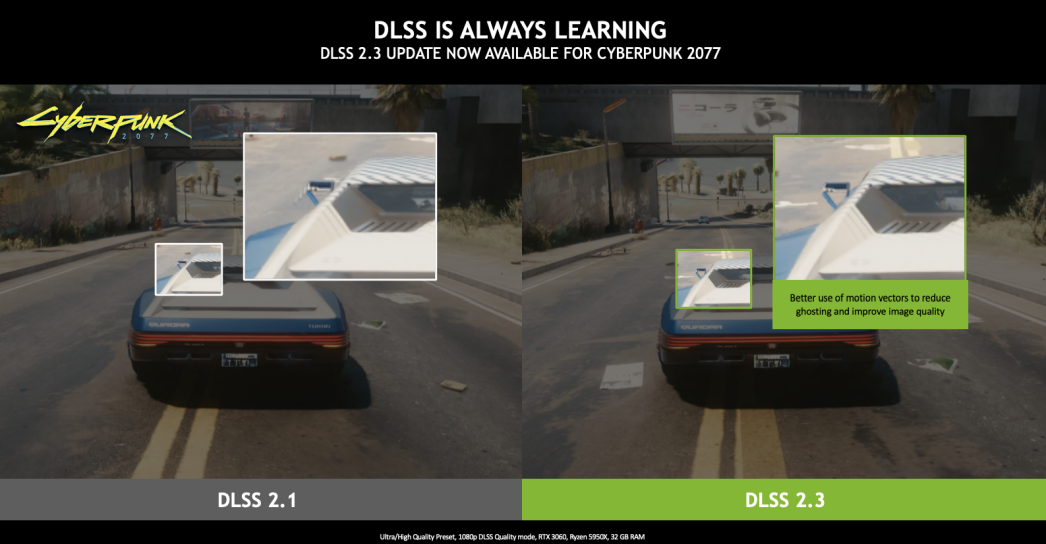
This increases the sharpness of moving objects, for example by eliminating blurring in the units underlying the particle effects and making them more stable.
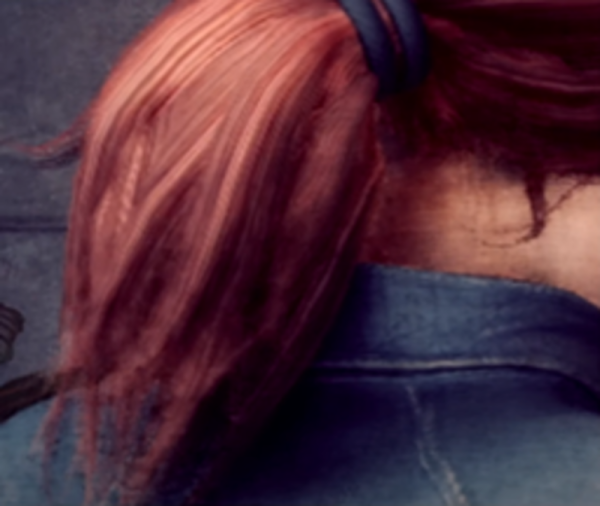
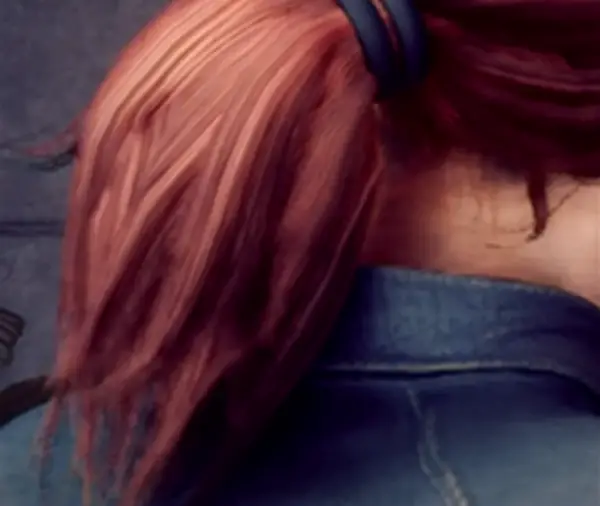
In regards to ghosting, it refers to the presence of duplicate images or borders that appear when objects are in motion.
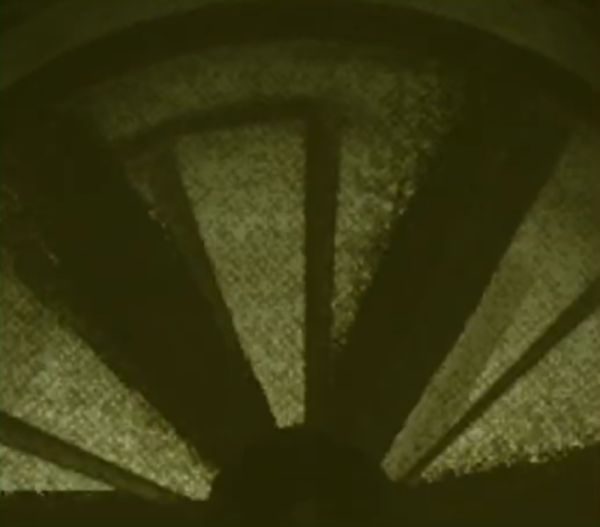
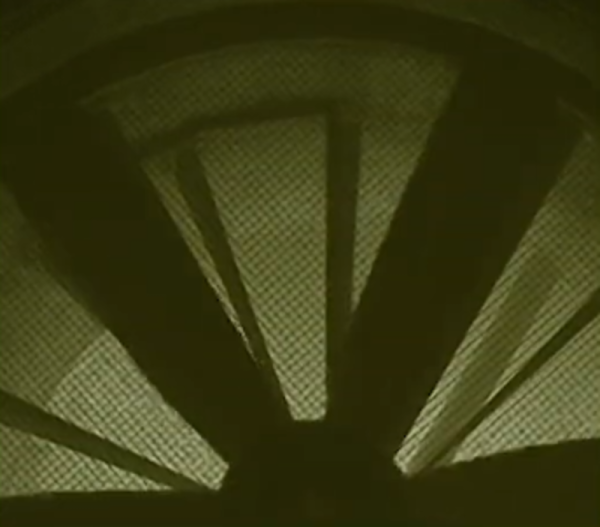
There are so many flaws that can show up if upscaling techniques don’t work well. For example, aliasing or blurring, which can result from using lower resolution textures. Upscaling can also reduce the level of detail of certain objects in the scene, such as rain, snow, moving sand and dust, particle effects, or text displayed on signs far away from the viewpoint.
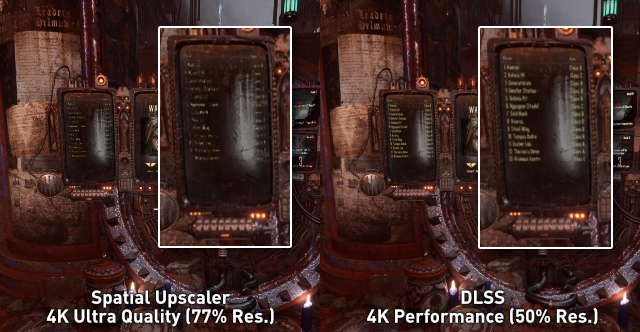
Of course aliasing is the main challenge. When we make image comparisons to highlight the benefits of DLSS, we always go to find polygonal objects such as railings, antennas, stairs, reviews, telephone cables and the like, far from the observation point. For objects that are so small or that in any case have diagonal edges, important jagged effects can appear and, in the case of particularly small objects, even disappear from the game screen, with a consequent serious loss of detail.
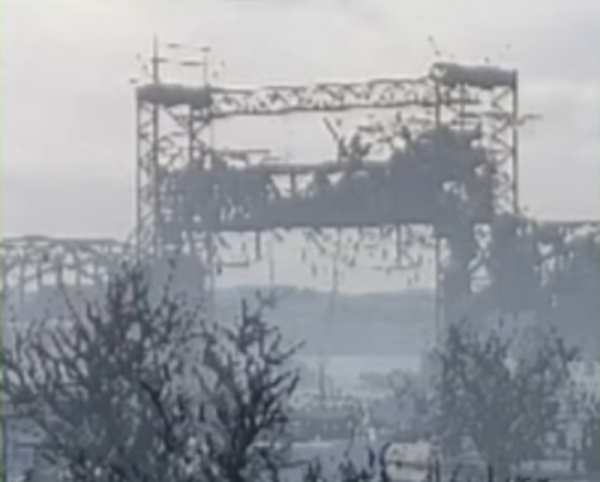
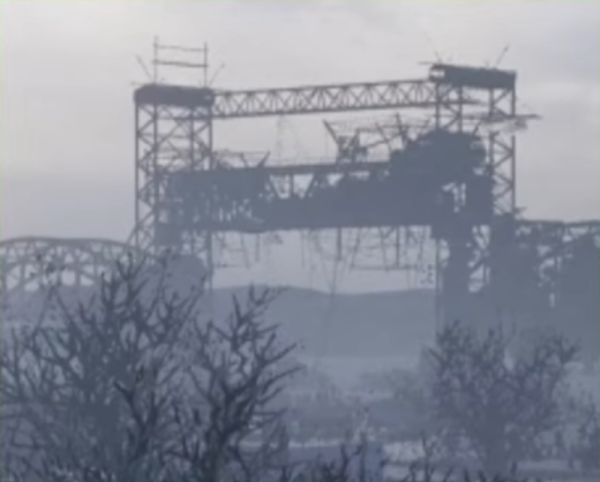
Image degradation can also occur in the user interface, reflections, shadows, smoke and fire, or it can result in the addition of grain and noise in moving images.
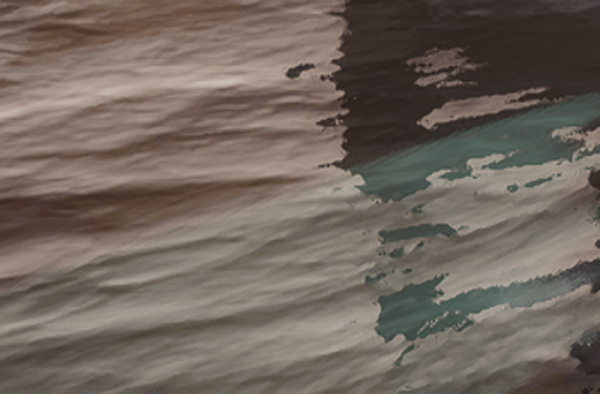
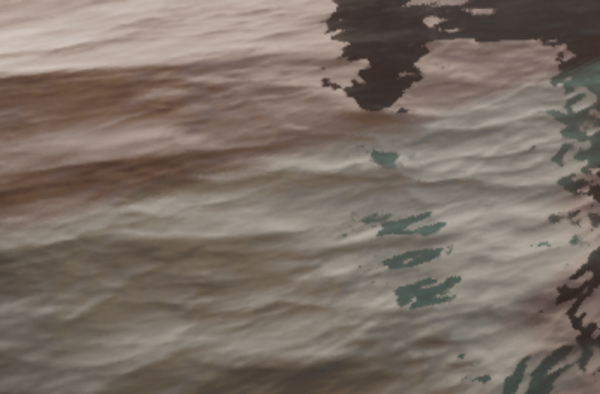
In addition, upscaling techniques often go too far in sharpening objects, inappropriately enhancing the difference in density in the edges. This is done in order to increase the perception of sharpness in the final image, but this aspect is perceived differently by the various subjects and to some of them it can give an annoying sensation. This phenomenon in photography defined acutanza. In other words, our eyes, which are very sensitive to local contrast, interpret sharpness as greater detail or resolution, precisely because they are attracted to sharpness.
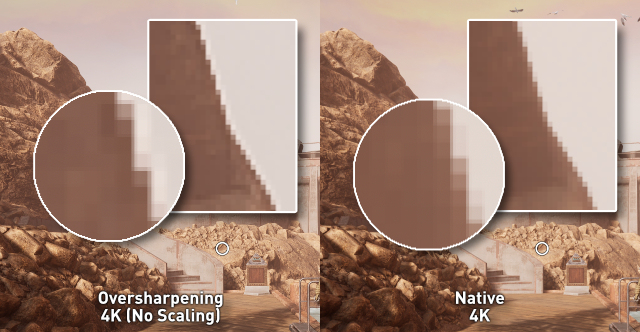
However, the sharpness doesn’t seem to translate into image benefits. First, the sharpening algorithm cannot invent details that do not exist, at most emphasize what is already there. For this, however, a minimum rendering resolution is required. Then, the sharpening process can cause damage, generate artifacts, and degrade the appearance of the image as it attempts to define the edges of objects. For example, what is jargon defined “ringing”, that is, the appearance of a lighter colored halo around the edges at which sharpening is increased. These are all issues that upscaling algorithms must take into account, and that artificial intelligence can help address more effectively.
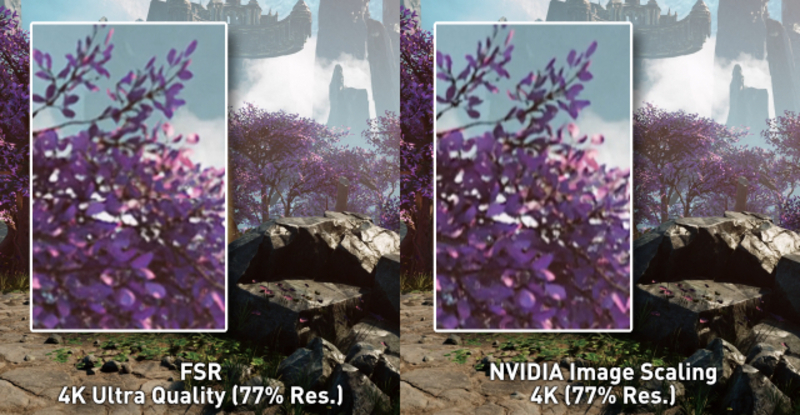
Not the only innovation from NVIDIA in the field of image quality. With the today’s release of Game Ready Drivers we have an improvement of the already existing technology (from 2019) NVIDIA Image Scaling aimed at increasing the performance of any game and under any circumstances on all GeForce GPUs through a new spatial scaling it’s a sharpening algorithm. NVIDIA Image Scaling is enabled from both the NVIDIA control panel that gives GeForce Experience. It includes a specific sharpening setting for each game and then configurable in real time during the gaming experience through the NVIDIA in-game overlay (when enabled, NIS will appear in green color in the upper left corner of the screen game).
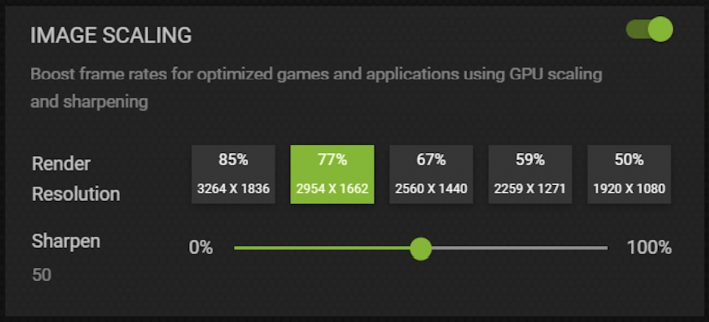
Image Scaling is an older NVIDIA technique than DLSS, which operates without the support of artificial intelligence. Image Scaling is applied in the post-processing phase at the kernel level. This means that it cannot be found with a simple screenshot or video recording. You also need a capture card to highlight it as it can be Elgato 4K60 Pro MK.2. In order to allow fans to make this type of recording, NVIDIA has updated its tool Shadowplay to be able to take screenshots with GeForce Experience through the capture card, while video support will be introduced in Shadowplay in the near future.
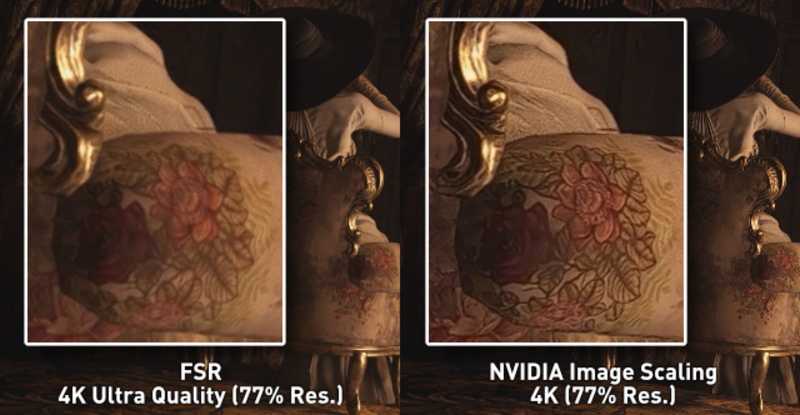
Additionally, NVIDIA announces that Image Scaling available as SDK (Software Development Kit) for developers to plug into their graphics engines. This will allow them to use spatial scaling technologies and sharpening algorithms to equip games with more robust upscaling options and assist DLSS to improve quality and performance. For developers, thanks to this release, Image Scaling as easy to implement as DLSS.
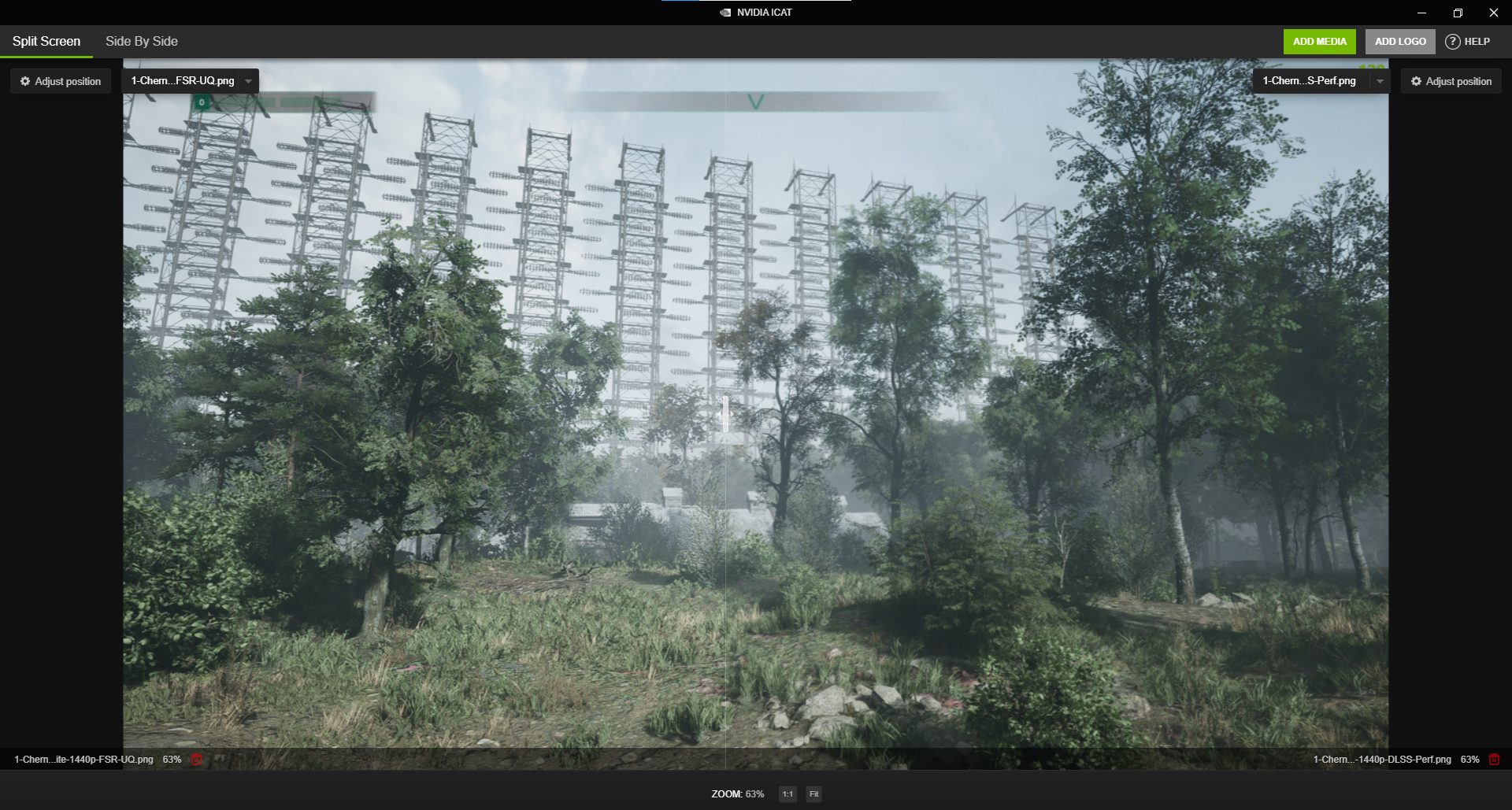
For end users, however, NVIDIA is also releasing a new tool for analyzing and comparing image quality in order to carry out comparisons such as those that are usually seen on the NVIDIA site itself. Let’s talk about INVENTION, which is available for free download from nvidia.com. The tool allows you to upload an image or a video for each of the sides of the comparison so that the user can use the slider to highlight the points of the image that interest him and study the differences between the screenshots well. very useful when it comes to DLSS, or image quality in general, in cases where the naked eye cannot see differences that then stand out during the gaming experience, for example by ensuring greater stability or fidelity.





